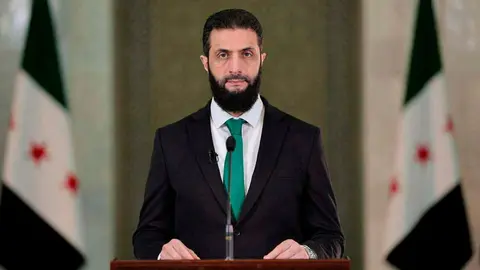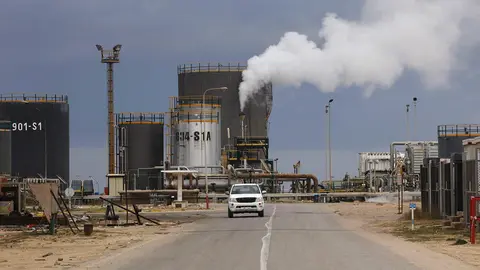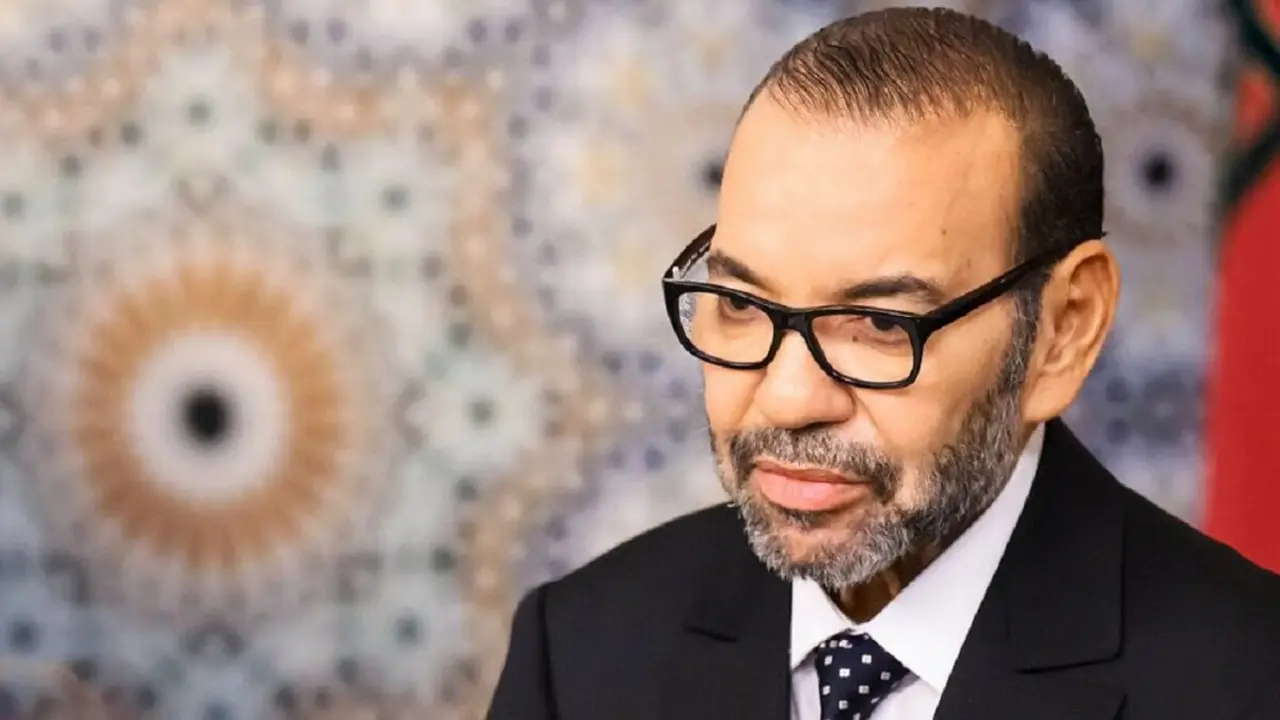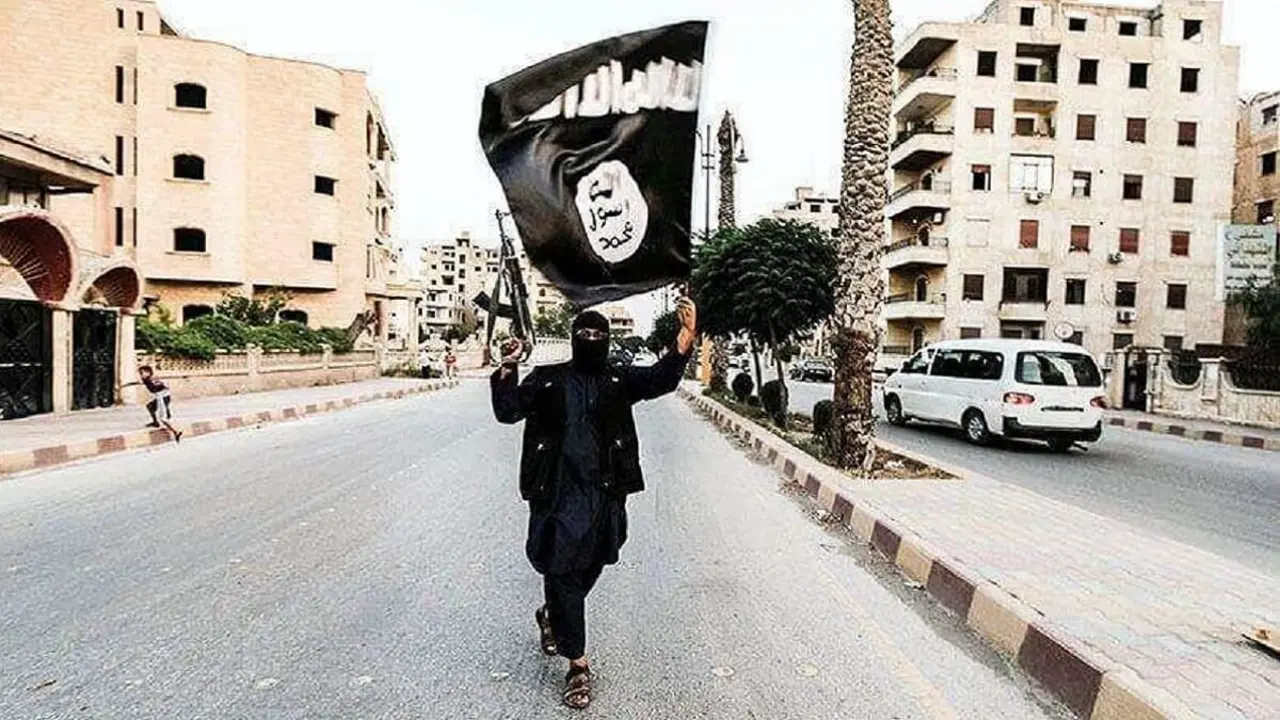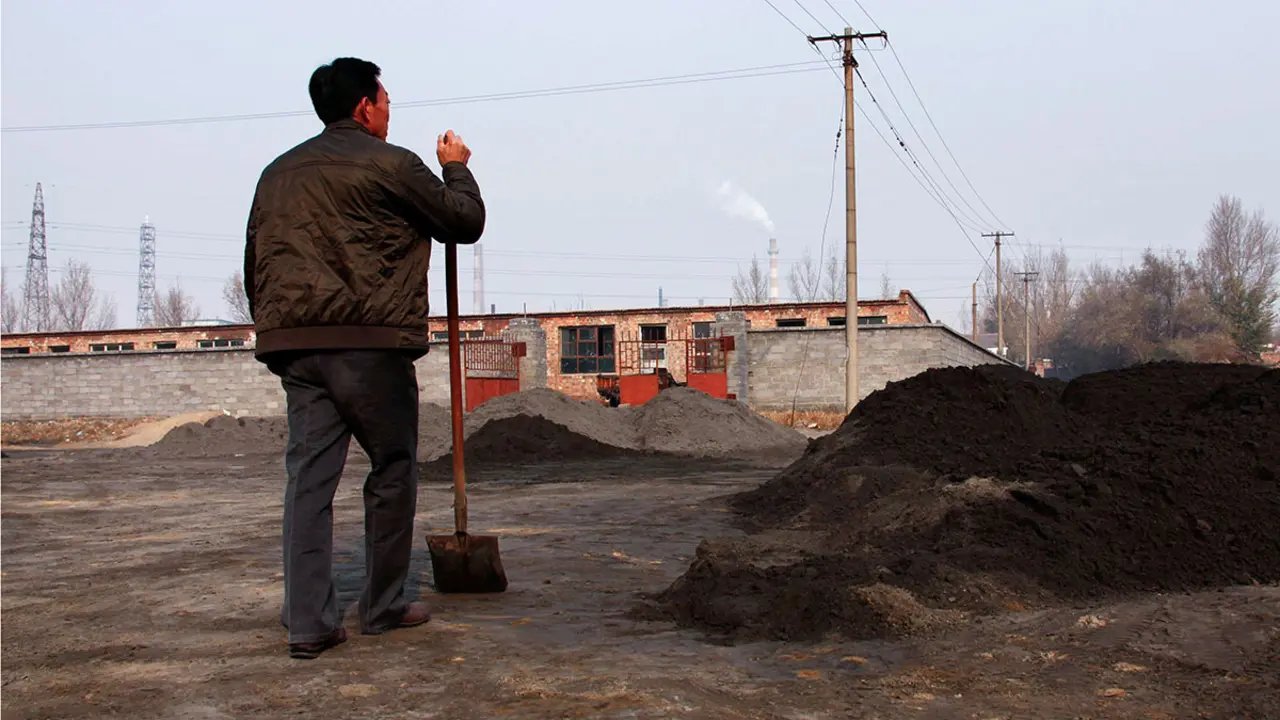Inside Sednaya: the cruellest and most inhumane prison in Syria
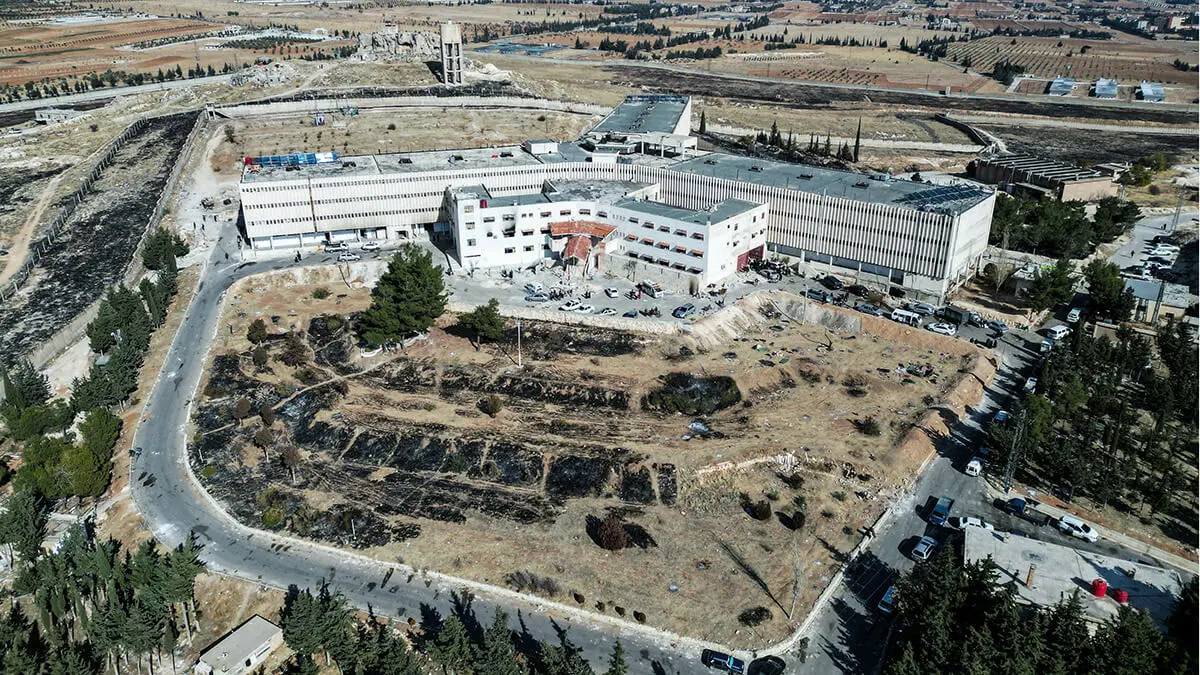
- Majda managed to escape the horror, although he is unable to forget the terrible torture he suffered
- They spent 24 hours blindfolded to avoid certain death
- The walls of Sednaya have witnessed some 30,000 executions since 2011
- Many prisoners ended up being executed by the prison guards with their own hands
- In the cells of Sednaya it is as if the clock has stopped
- More than 150,000 Syrians remain missing across the country
Without a checkpoint or authorisation to visit it, Sednaya has gone from being an impregnable fortress to a prison with open doors. We enter one of the prisons that the Al-Assad dynasty turned into a virtual death camp, where beatings were part of the welcome committee.
After more than five decades of repression and brutality, on 8 December the doors of many Syrian prisons were opened, including Sednaya, one of the most hermetic, violent and inhumane of the regime of the dictator Al-Assad. At the top of a hill, just over 30 kilometres from Damascus, three concrete floors with practically no windows form an enormous mass in the middle of nowhere. A prison that has come to house between 10,000 and 20,000 detainees in two buildings, the white one for military rebels and the red one for civilians.
Majda Hamdan, a young man who spent the worst days of his life in Sednaya prison before being transferred to Al-Khatib prison, claims that they were treated ‘much worse than if they were animals, and that is why it was popularly known as the human slaughterhouse’, he recalls emotionally. ‘The people who worked here had neither feelings nor a heart’, says this young Syrian.
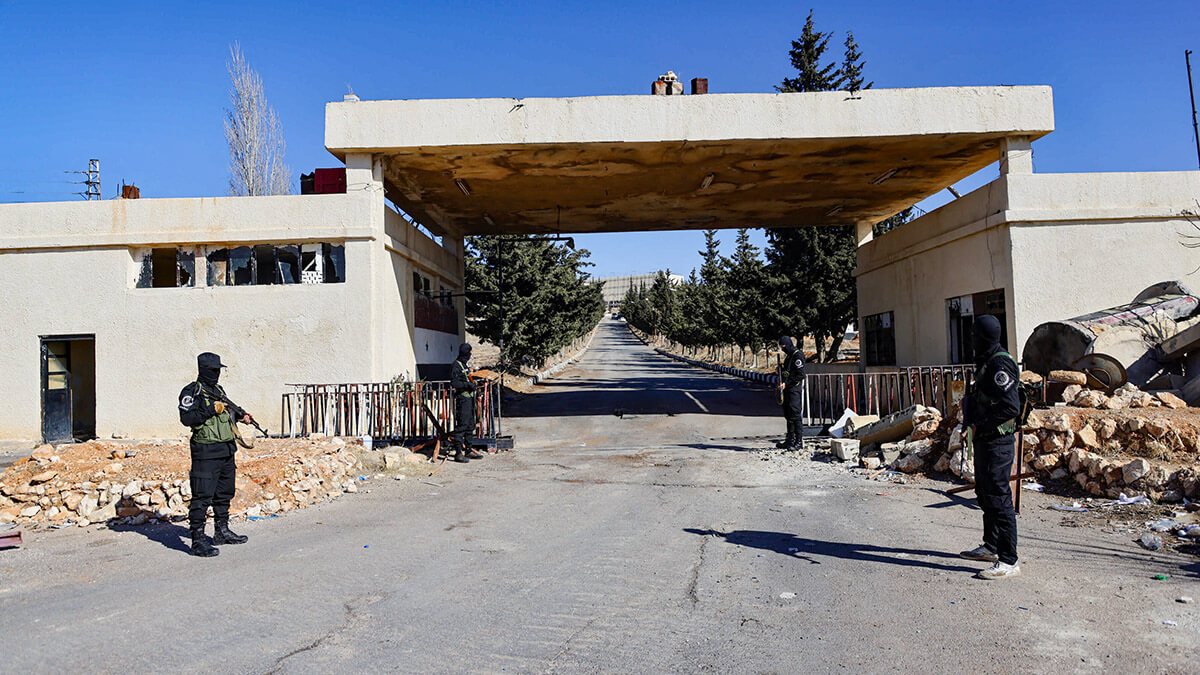
Majda managed to escape the horror, although he is unable to forget the terrible torture he suffered
Those who have survived Sednaya prison say that among the most common forms of torture were electrocutions and rapes, although unfortunately there were many more methods. ‘They tortured me, they put me on a lorry wheel and they started to play with me, but in a bad way. You have to cover your eyes because if they see that you have seen their faces, your life is over,’ admits Majda Hamdan, visibly moved, at the main entrance to the prison. He also tells us that he has returned to Syria for the first time after 13 years of war to be reunited with his relatives, but that unfortunately many are no longer there, they are victims of the dictator.
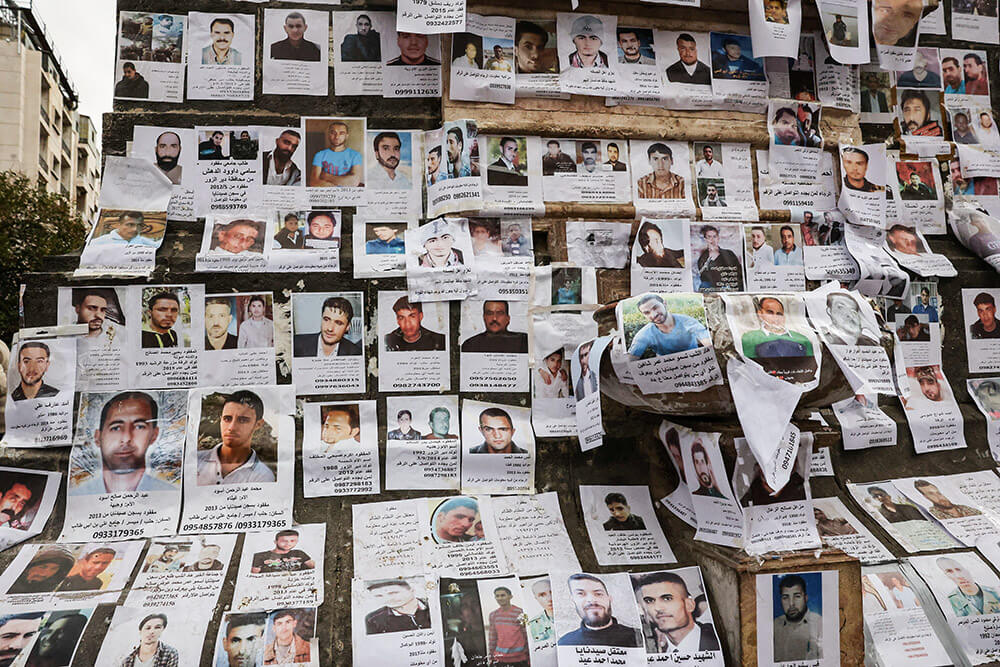
They spent 24 hours blindfolded to avoid certain death
The prisoners were forced to wear blindfolds day and night because if they looked over they would see the faces of the guards, and they would be killed immediately. But one of the things they feared most, admits this young man now with refugee status in Spain, was when they were forced to clean the blood of their fellow prisoners. ‘The soldiers took people like us to clean the rooms where they killed our comrades. We cleaned an area of a few centimetres of blood in a room measuring 50 square metres. It was my job to empty the rooms of blood and put it all in bags,’ Majda laments through her tears.
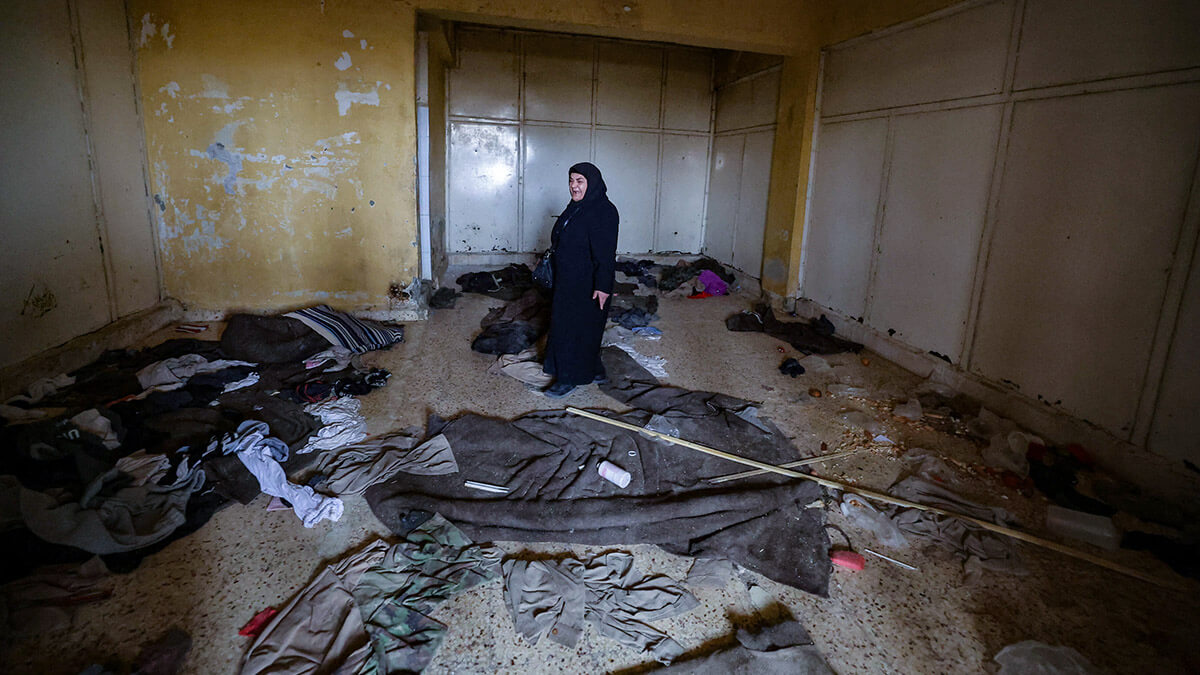
The walls of Sednaya have witnessed some 30,000 executions since 2011
The smell of death accompanies us throughout the tour, it is very intense and shocking when you know what has happened within the walls of Sednaya. There are cells with a capacity for 5 or 6 people that held more than thirty inmates without any kind of hygiene measures, while in the group cells up to 70 people lived in overcrowded conditions.
According to a report by Amnesty International, hangings in Sednaya prison were carried out once or twice a week, always in the early hours of the morning. And if this method did not work and the prisoners did not die, the officials would break their necks with their hands.
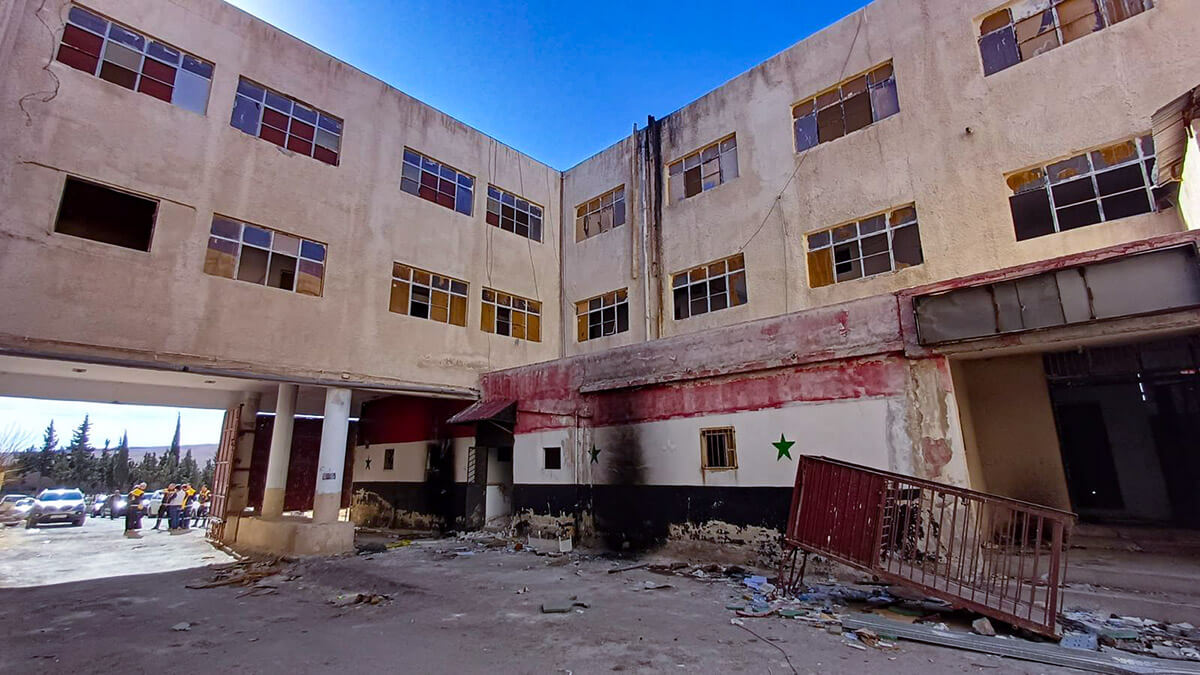
Many prisoners ended up being executed by the prison guards with their own hands
Amnesty International estimates that some 30,000 prisoners have been executed since 2011, due to torture, lack of medical care or starvation. And almost half of them were civilians, as Kamil laments. ‘War is bad, in war everyone loses. It's like a couple's argument where the victims are the children. And now the victims are the people,’ says Kamil, who confesses that in these 13 years of war he has lost two of his brothers. ’There isn't a single person in Syria who hasn't lost someone close to them.’
Regarding the future of Syria, Kamil unfortunately sees ‘a dark path’. ‘We have paid a high price, but that's life. I hope that peace will come to our homes, to our workplaces, to our country and that the generations of Syrians who fled abroad will return’, he says.
Amnesty International has been denouncing for years - by hook or by crook - that the Syrian population has been the object of a dreadful catalogue of human rights violations, causing indescribable human suffering: they speak of barrel bombs, attacks with chemical weapons and other war crimes, such as murder, torture, forced disappearances and extermination. Rapes, the organisation points out, are crimes against humanity. In 2008, let's remember, a riot in this high-security prison uncovered the torture and killings at Sednaya.
Witnesses say that before fleeing, Assad's jailers hastened to eliminate all documents that could incriminate them and disabled the cameras in an attempt to erase all traces of their outrages and prevent the massacres from being viewed.
Almost two months after the overthrow of the dictator Bashar Al-Assad and the release of nearly 3,000 prisoners, no one guards the entrance to Sednaya prison, better known as ‘the prison of horrors’ or ‘Al-Assad's human slaughterhouse’.

In the cells of Sednaya it is as if the clock has stopped
This prison remains open to the public as it was on the day of his release: personal belongings fill the cells, clothes, blankets, glasses, bowls for food, decomposing food and even prosthetic legs that have been abandoned in the dark rooms of Sednaya.
Majda Hamdan was transferred from Sednaya to Al-Khatib prison, which he confesses was even more violent. And after several months he managed to escape. ‘The border is a few kilometres away as the crow flies. It took me about a month to cover 5 kilometres, escaping from the army and the checkpoints. I had very little food, but I was given things along the way. Thanks to that I survived. I arrived in Lebanon almost dead,’ says the young man, recalling one of the worst moments of his life.
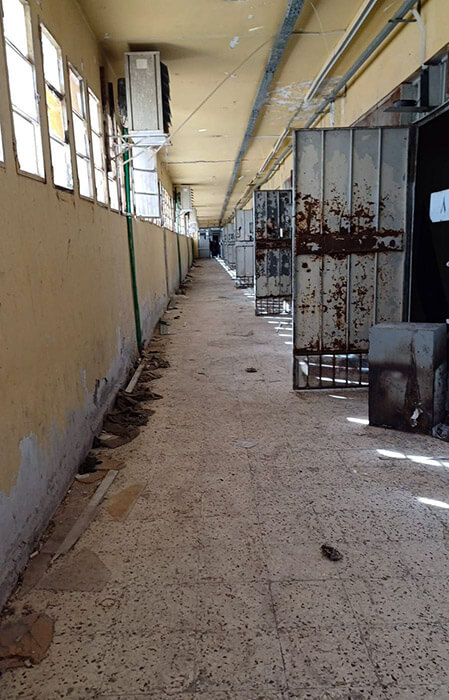
More than 150,000 Syrians remain missing across the country
After rescue teams and White Helmets combed through all of Sednaya's facilities in search of survivors, relatives have lost hope and are no longer looking for their loved ones. In the mass graves of this prison - which has become a symbol of the repression of the Al-Assad dynasty - the new Syrian authorities, led by the Islamist Al-Golani, have located dozens of bodies, while others have been found abandoned to their fate in the torture chambers or walled up in rooms with no way out. According to the Syrian Observatory for Human Rights, at least 40 bodies have been recovered.

The rebels were in charge of transporting the bodies to the morgue of the Al-Moujtahed hospital in the centre of Damascus. The corpses, according to the forensic experts, were emaciated, mutilated, unrecognisable, some were missing eyes, their cheeks were sunken or they had huge scars around their necks consistent with rope burns. And others, as the forensic experts admit, were covered in scars probably caused by irons.
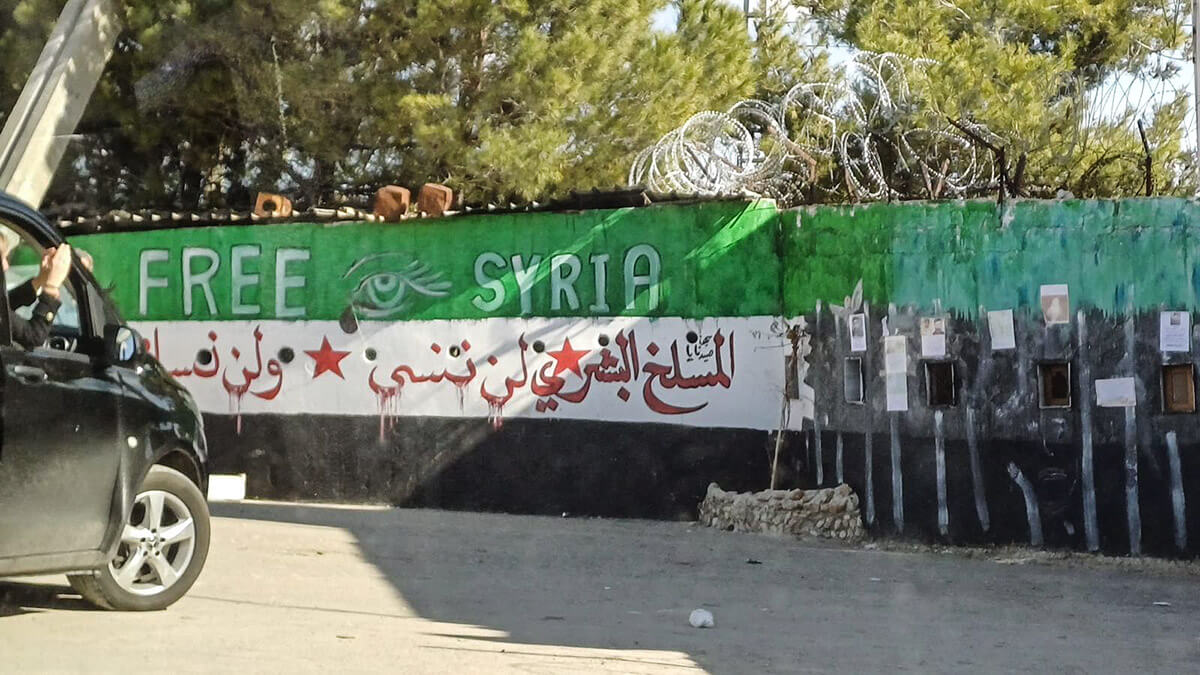
The Sednaya prison has been denounced for years by human rights organisations as the epicentre of cruel torture and extrajudicial executions. Today - thanks to the course of events - we already know or can get an idea of the terrible atrocities committed inside it for decades.

